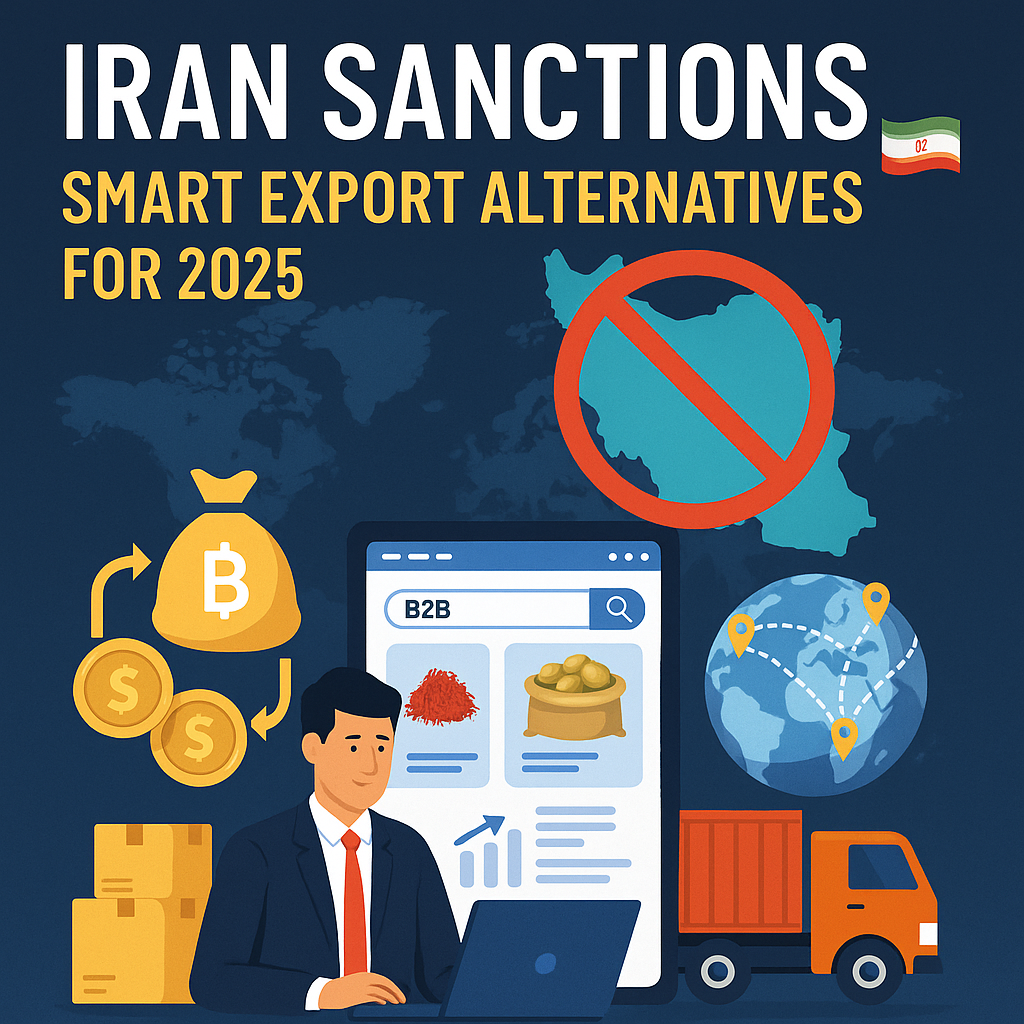Iran’s growing plastic and petrochemical industry, its global trade partners, and production trends. Learn how the Abris...
Performance Mechanism of Business-to-Consumer Sales
Introduction🌐
Business-to-consumer (B2C) sales, targeting the final consumer, is one of the popular business models that directly offer services and products to end consumers. This article explores the functionality of B2C and its role in digital societies. Additionally, it compares B2C with the B2B model and examines the impact of mobile technology on B2C companies.
B2C: An Overview 🔍
Business-to-Consumer or consumer-oriented commerce refers to a model where businesses directly engage with consumers. This model has notable differences from B2B, where transactions occur between companies. In B2C, every transaction is directed to buyers who purchase products or services for personal use.
B2C E-commerce 🛒
B2C e-commerce has gained increased popularity, especially with its significant growth in recent years. Companies like Amazon, with their remarkable growth, accounted for approximately 56.9% of retail profits from 2018 to 2019. Furthermore, the prevalence of COVID-19 led to a substantial increase in B2C e-commerce sales, with a surge of 40% to 60% in the first few months of 2020.
How B2C Operates 🔄
Business-to-Consumer, or consumer-oriented businesses, directly interact with consumers. In this model, businesses offer products and services directly to consumers without intermediaries. This experience includes purchasing from local or online stores, meeting with healthcare professionals, beauty services, dining at restaurants, or even transportation services.
Understanding B2C 🧠
B2C is one of the most popular sales models created by Michael Aldrich since 1979. In today's digital world, B2C is often referred to as e-commerce or online retail.
B2C in the Digital World 🌐
The term B2C is commonly used for retailers and markets, but this model can also be used for content and service providers. Various B2C models include:
Direct Sellers: This model is introduced as the most common, where individuals buy directly from online sellers. These sellers may include manufacturers, small businesses, or online versions of large retailers that distribute products from various producers.
Online Intermediaries: This group includes online intermediaries or interfaces that are not the owners of products or services. In other words, they serve as intermediaries connecting buyers and sellers. Examples include Expedia, trivago, and Etsy.
Advertising-Based: This model uses free content to attract visitors to the website. These visitors are then exposed to digital or online advertisements, ultimately leading to the sale of goods and services. HuffPost is an example of this model, combining native content with advertising.
Community-Centric: Websites like Meta (formerly Facebook) create online communities based on common interests. These communities help marketers and advertisers directly promote their products to consumers. Advertising is usually tailored based on users' demographic and geographic information.
Fee-Based: In this model, direct-to-consumer websites apply a fee for consumers to access their content. These sites may offer limited free content while charging for a portion of it. For example, The New York Times uses this model for its business.
These models use various combinations of different advertising and fee-based approaches.
B2C and Mobile 📱 After the emergence of e-commerce, B2C companies quickly turned to the development of mobile applications. These apps acted as alternatives to websites and, with the increase in mobile traffic, focused on attracting mobile users.
Comparing B2C with B2B ↔️
Comparing B2C with B2B shows that transactions occur more quickly in B2C, and consumers purchase products for personal use. In contrast, B2B requires confirmation from responsible individuals within the company and has a longer and more complex purchasing process.
Conclusion 🌟
B2C, as a dynamic and engaging sales model, continues its robust development with the positive influence of mobile technology. B2C companies, employing innovative marketing approaches and maintaining direct relationships with consumers, have achieved remarkable success in the digital world. This model will persist, and with technological advancements, will bring further changes in how companies operate and interact with customers.




